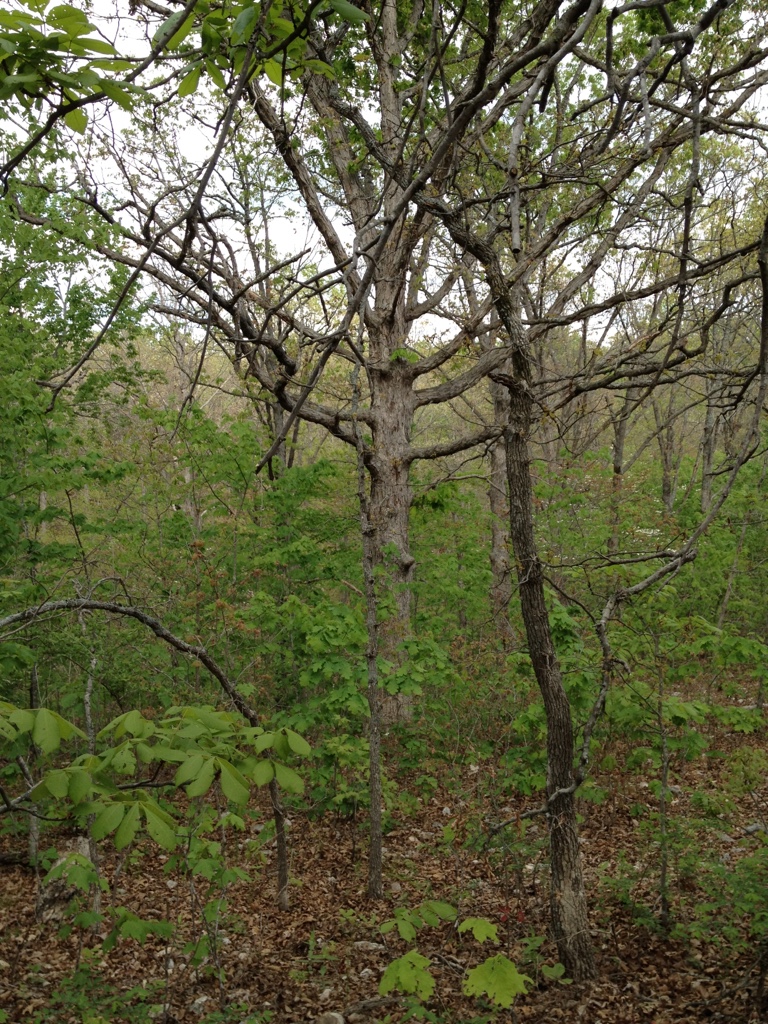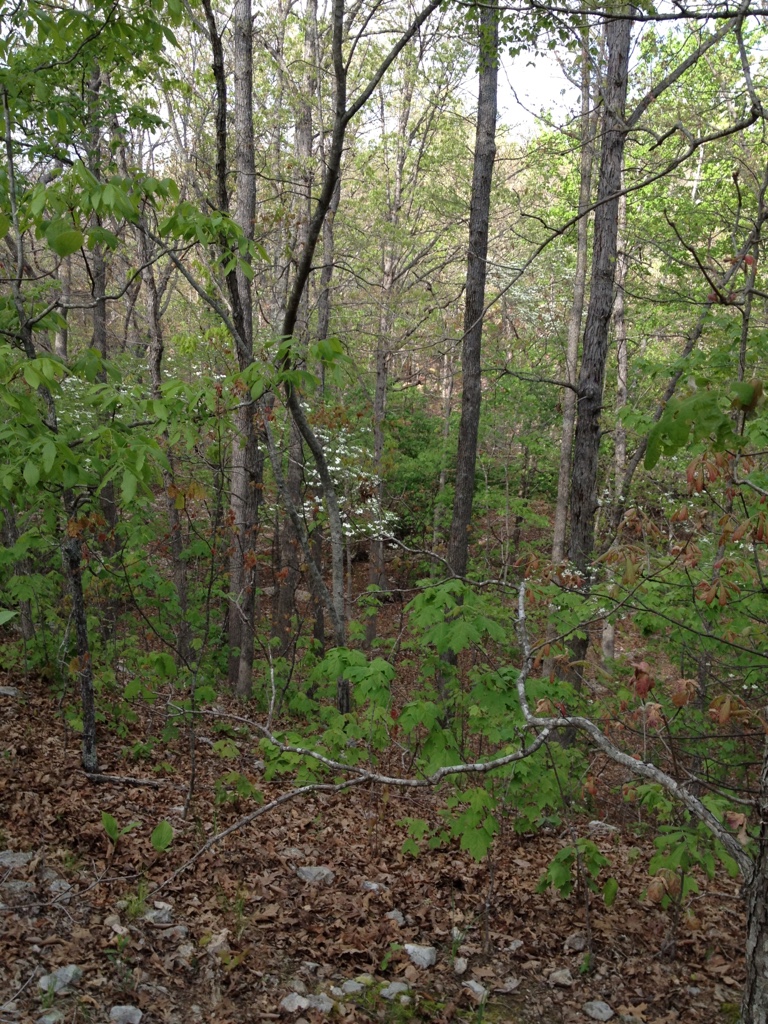I can't get the link to work; I'll cut / paste the relevant parts of the article.
ACORNS
Sam Thayer
http://www.geocities.com/nuttreegordon/ACORNprp.htm
North American Fruit Explorers Vol. XXXVI No. 3
"As one who processes and eats 15-30 gallons of acorns annually, who has studied the use of acorns extensively, and who teaches workshops on using acorns as food, I would like to share some of my knowledge and clear up a few misconceptions.
2. Tannins do cause the bitter flavor of acorns, and the red/black oak group does tend to have more tannin, but that is not why the red oaks taste so much more bitter than the white oaks. The difference in bitterness is primarily due to a difference in the physical structure of the flesh of the acorns of the two groups. The tannin in acorns of the red oak group readily dissolves in your saliva, while that in acorns of the white oak group does not. Thus, you taste much of the tannin in red oak acorns, and little of the tannin in white oak acorns. This is primarily what accounts for the difference in flavor between the two groups.
In two different tests, the percentage of tannin in the composition of northern red oak Quercus rubra acorns was 9.8% and 7.4%; for white oak Quercus alba, 5.6% and 4.4%; for chestnut oak Quercus prinus, 10.4% and 7.8%. (Statistics from Karl Petruso and Jere Wickens, “The Acorn in Aboriginal Subsistence in Eastern North America” in Experiments and Observations in Aboriginal Wild Plant Utilization in Eastern North America, 1984, Indiana Historical Society.) Note that chestnut oak, a member of the white oak group normally touted as “sweet and edible” (and often as the most sweet and edible acorn in the East) contains more tannin in these samples than does red oak. And while white oak contains significantly less tannin than the other two, it tastes remarkably similar to chestnut oak and not at all like red oak. Furthermore, one who has tasted both white and red oak, on account of flavor alone, might suppose that red oak has twenty times as much tannin, so much does it exceed white oak in bitterness - but in fact it contains less than twice as much. It is obvious that the bitterness of acorns is not primarily determined by the level of tannin they contain.
As further evidence that the flavor is determined by a difference in physical structure, notice how white, burr, or chestnut oak acorns often taste pleasant fresh from the tree, but terrible when ground and boiled into mush; the grinding and cooking physically releases the tannins that were previously locked up, probably in hydrophobic vacuoles - cavities that repel water, and which often hold tannins in starchy plant structures. You will also notice that shelled red oak acorns dry in two to three days at room temperature, while burr oak acorns under the same conditions require as many weeks. Acorns of the white oak group wilt become “rubbery” when they are partly dried; red oak acorns do not. When dried, white oak acorns are very hard, like corn, while red oak acorns are softer, like wheat. Boiled white oak acorns never become as soft as boiled red oak acorns. Obviously, there are significant physical differences between the two groups of acorns. In the white oak group, the tannins are still there; you just don’t taste them as much.
6. Deer, turkeys, and squirrels do not “eat up all the white oak acorns and then move on to red oaks” as hunters and others frequently claim. It appears that this is what happens simply because the white oak acorns fall first, and because they sprout immediately after falling. Of course they will be eaten first. White oak acorns, upon sprouting, become unavailable and/or lose nutritional value. They do not store well like other nuts, so squirrels eat them immediately and store other kinds. The main consumers of acorns, however, are deer. Deer die when their teeth wear out. They like to eat acorns before they sprout because the sprouts (roots go down first) have much clinging dirt and sand, which wears down teeth. Red oak acorns remain perfectly intact until spring, so it makes sense for animals to eat them later regardless of preference. As far as I have seen, nobody has presented any real evidence that any game animals have any preference for acorns of the white oak group over those of the red oak. Studies have shown, however, that gray squirrels prefer the acorns of red oak to those of other oaks (Allen Lewis, American Midland Naturalist 107).
There are two significant reasons that deer, bears, and other animals might prefer acorns of the red oak group: they are higher in calories, and their softer structure would make them easier to digest. I have pretty clear evidence that, at least under some circumstances, this is the case. A few years ago, I gathered acorns in a particular forest on September 28. There was a very heavy crop of both red and white oak acorns, but the red oak was a much less common tree in the area. I picked white oak acorns because they were beginning to sprout. I returned on November 1 to gather red oak acorns. To my surprise, the ground was still covered with white oak acorns, but every last red oak acorn was gone. There is no explanation for this except that the deer preferentially chose red oak acorns over those of white oak.
The moral of this is that deer do not choose what to eat according to what tastes good to humans. Also, a human eating a wild crop pays much keener attention to that crop than anybody who does not eat it can possibly imagine. If you are planning on planting oaks for wildlife, a mixture of species is the best, but red oak."
Sorry for the long post! / Oakseeds



